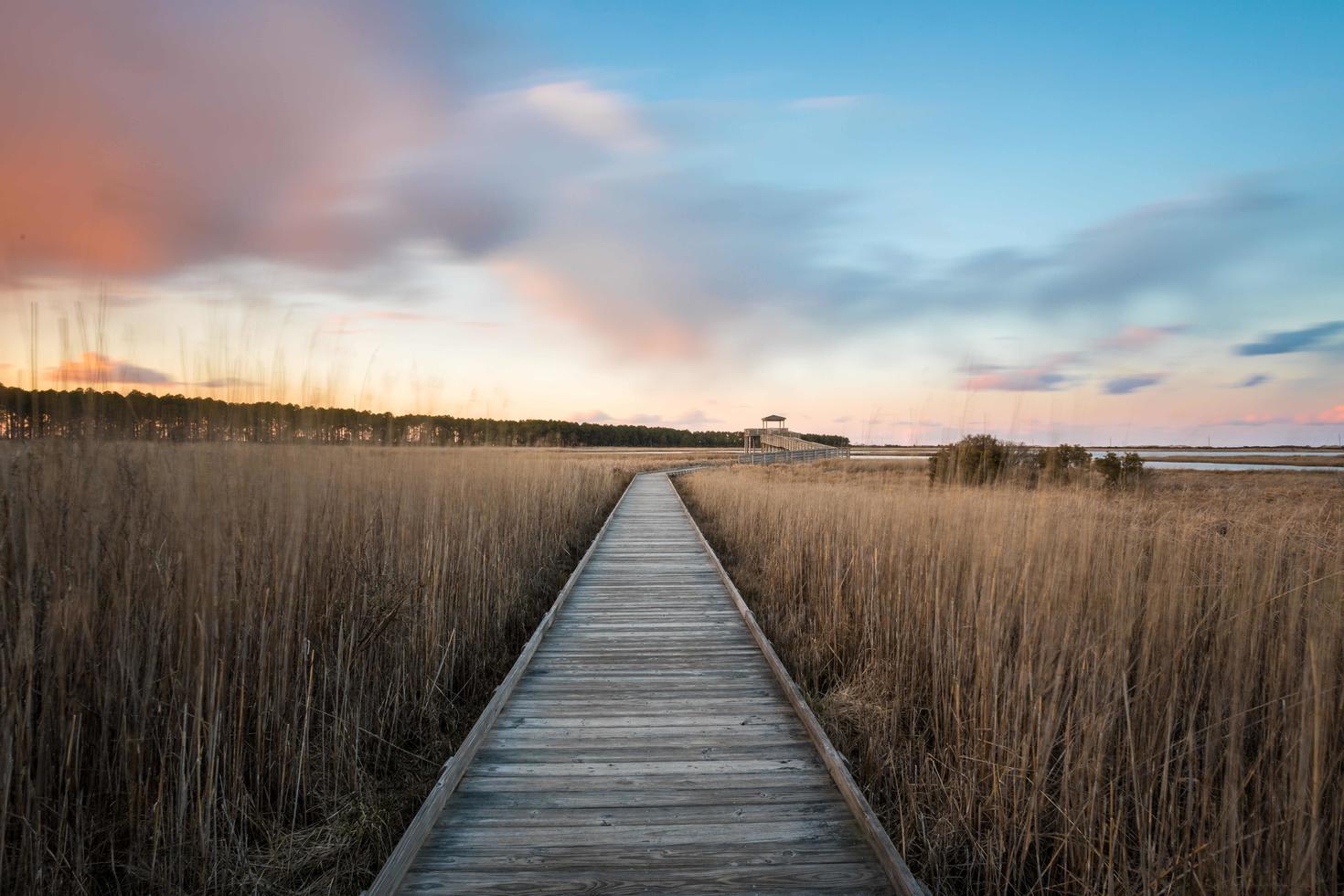We spoke to Professor Lewis and her students about their experiences studying the biodiversity of our local wetlands, and how this influenced their understanding of the role science education could play in a time of climate disruption.

"Sense of place” and “two-eyed seeing”
Before they got on a school bus bound for the Baxter Conservation Area, students enrolled in Professor Lewis’ course did their homework on the foundations of place-based education (PBE) and Indigenous science perspectives.
They reviewed the research on PBE and learned how interaction with natural settings nearby can deepen feelings of connection and belonging to specific locations. They added the term “sense of place” to their science teaching vocabulary, a key scientific concept that explains how humans construct meaning and develop emotional attachment to places. Evidence shows that such sentiments can inspire pro-environmental behaviour and increase civic engagement in sustainable practices.
“In the readings our professor assigned, we learned about PBE and its importance for Canada because of the history of our land,” said one student for whom PBE was new. “Seeing the way different cultures have different perspectives about how they look at nature is an interesting concept I wasn't familiar with until this class.”

Class preparation included a guest lecture by Indigenous science scholar Karen West who spoke about the concept of “two-eyed seeing.” This research term, which has gained traction in recent decades, has as a learning objective “to see from one eye with the strengths of Indigenous knowledges and ways of knowing, and from the other eye with the strengths of Western knowledges and ways of knowing, and to using both these eyes together, for the benefit of all.”
One student created a doodle-style visual learning map that summarized the presentation, sharing her impressions of Indigenous perspectives on science education. Others said they planned to incorporate the idea of “seeing with two eyes” into their own teaching repertoires.

Trees as teachers
“Something I liked about this field trip was that we could be in the environment and explore before learning about the impacts of climate change on the ecosystems. It put it into perspective, rather than just listening to it lecture style,” one student said about outdoor learning. “Being able to match what was happening with the ash trees and why they were dying, and then seeing it on an actual tree, instead of just on a screen in a classroom, made a difference.”
Another student connected his family history to the trees. “When we were leaving the conservation area, I noticed there was a tree that had been damaged by the ash borer, an invasive species that has decimated ash tree populations across Canada. I made a personal connection to it because growing up, we had an ash tree in our front yard, and it had to be cut down because it had been infested,” she recalled.
“This was, like almost 20 years ago. I thought the issue had been resolved, but I was seeing it was still very much present in the conservation area,” she said.
Climate crisis in our backyard
With its emphasis on learning through participation and immersion in local ecosystems, PBE and “two-eyed seeing” occupy an essential space in today’s curriculum. Teacher candidates in Professor Lewis’ course learned how the combined approach can make climate action personally relevant for themselves and for their future students.
“You know, you've been told this a thousand times, we’re in a climate crisis, things are bad, and we see that real life example of what decreased biodiversity means. There are global impacts to climate change, but this is happening in Ottawa, Ontario,” said a first-year student. “It’s not so far away. It’s happening here in my hometown.”
Another mentioned how seeing the local impacts of climate change can be a wake-up call for youth. “We’re very clearly in a climate crisis right now and it’s more important than ever that people be educated about that. Our focus should be on the younger generation, just because they’re the ones who are going to be carrying this on,” they said.
“If they make that connection, and they see that impact, and they’re able to experience the beauty of nature firsthand, then I hope that they might be inspired to take care of the planet,” they added.

Earth Day everyday
It’s been more than 50 years since the first Earth Day was celebrated in 1970. For many children and youth, school is where they are first introduced to the annual observance.
“As teachers, we can share our passion for the environment and sense of emotional connection to the Earth every day with our students,” said Lewis.
“Nature is fun, it’s refreshing. It’s a gift you give to your [teacher education] students when you teach them how to appreciate and care for nature. Then they can one day introduce these ideas to their own students. Maybe they have had experiences like this already; I wanted to provide opportunities for those who may not have had them. I am grateful for the Faculty’s support in making place-based experiences like this possible,” she added.
